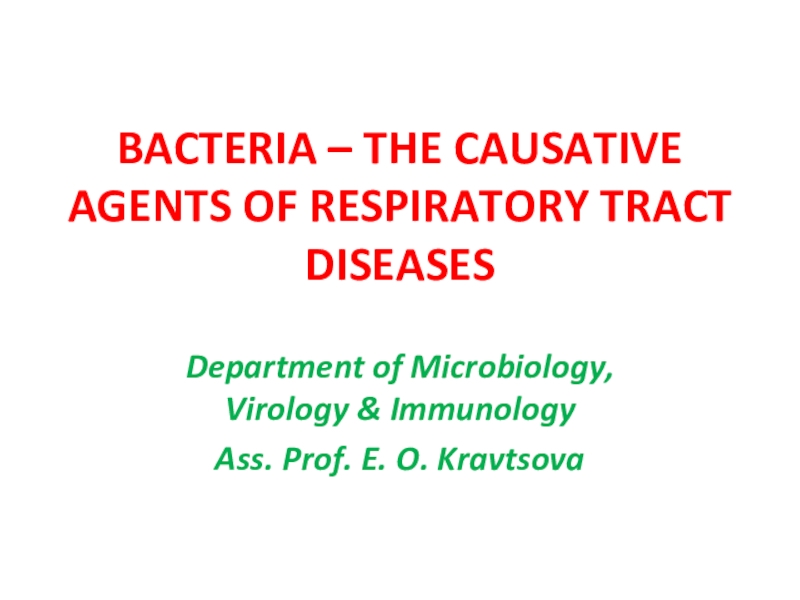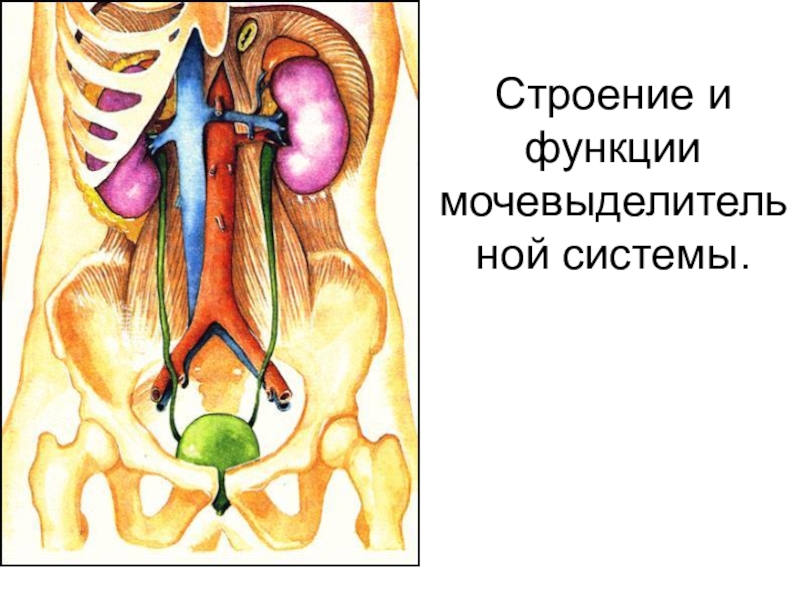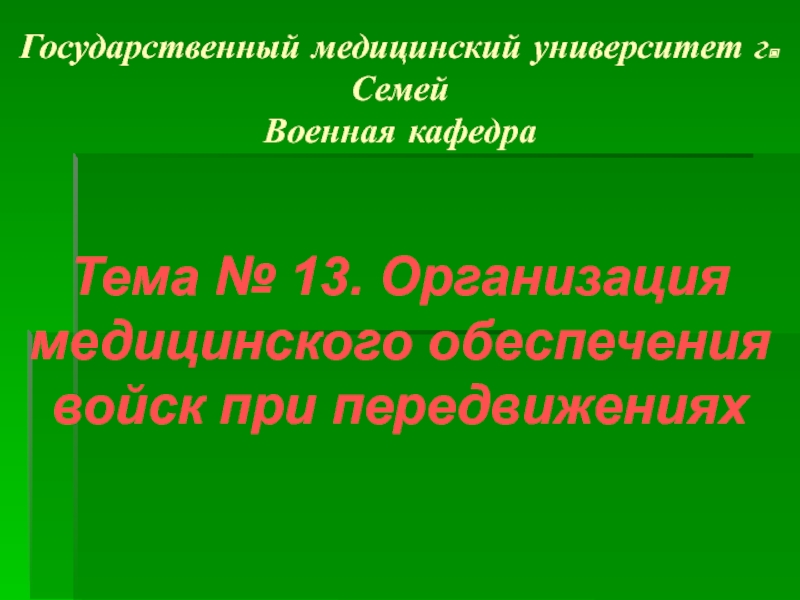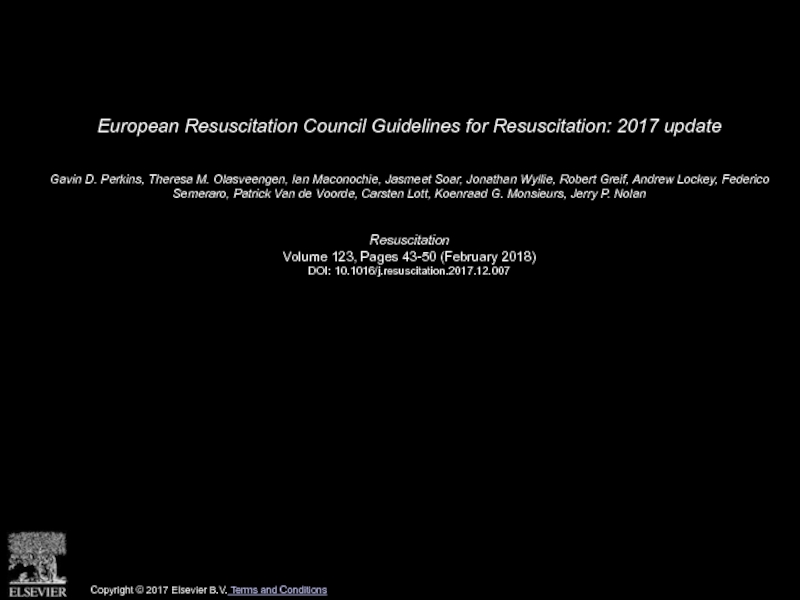Разделы презентаций
- Разное
- Английский язык
- Астрономия
- Алгебра
- Биология
- География
- Геометрия
- Детские презентации
- Информатика
- История
- Литература
- Математика
- Медицина
- Менеджмент
- Музыка
- МХК
- Немецкий язык
- ОБЖ
- Обществознание
- Окружающий мир
- Педагогика
- Русский язык
- Технология
- Физика
- Философия
- Химия
- Шаблоны, картинки для презентаций
- Экология
- Экономика
- Юриспруденция
BACTERIA – THE CAUSATIVE AGENTS OF RESPIRATORY TRACT DISEASES
Содержание
- 1. BACTERIA – THE CAUSATIVE AGENTS OF RESPIRATORY TRACT DISEASES
- 2. DIPHTHERIAIs acute infectious disease caused by Corynebacterium
- 3. DIPHTHERIAThe disease was first described in the
- 4. Cor. diphtheriae
- 5. Cor. diphtheriaeare Gram-positive, rod-shaped bacteria, stains more
- 6. Neisser s stain
- 7. C. diphtheriae is a gram-positive, non-motile rods
- 8. Physiology of Cor. diphtheriaeAerobes or facultative anaerobesT
- 9. C. diphtheriae grows much more readily on
- 10. Physiology of Cor. diphtheriaeGlucose «+»Do not coagulate
- 11. Biovars of Cor. diphtheriae
- 12. Tellurite agarGravisMitis
- 13. The gravis type form relatively large, grayish
- 14. AntigensK – antigen , type specific, thermolabile,
- 15. ResistanceCor. diphtheriae are relatively resistant to harmful
- 16. Diphtheria toxin Is a protein with 2
- 17. Diphtheria toxin The toxigenicity of the Cor.
- 18. Diphtheria toxin
- 19. Virulence Factors and Pathogenesis of Diphtheria The
- 20. DIPHTHERIASources of infection are patients and carriers.The
- 21. Diphtheria. Clinical Manifestations The typical membrane on
- 22. Clinical forms1. Anterior nasal diphtheria, in which
- 23. Tonsillar diphtheria
- 24. Clinical forms4. Laryngeal diphtheria - usually resulting
- 25. Diphtheria. Microbiological DiagnosisSPECIMENS. Swabs from the nose, throat, or other suspected lesions must be obtained.
- 26. Diphtheria. Microbiological DiagnosisBacterioscopical examinationPreparation of smears (Gram
- 27. Diphtheria. Microbiological DiagnosisBacteriological examination 1. Inoculation of
- 28. Diphtheria. Treatment and PreventionOnly diphtheria antitoxin can
- 29. Diphtheria toxoid (for stimulating antitoxin production)AB – tetracycline, erythromycinantitoxin
- 30. Pertussis-diphtheria vaccineDiphtheria toxoidPertussis-diphtheria-tetanus vaccine
- 31. Слайд 31
- 32. The genus Mycobacterium belongs to the family
- 33. Слайд 33
- 34. Слайд 34
- 35. Слайд 35
- 36. Слайд 36
- 37. Слайд 37
- 38. Слайд 38
- 39. Слайд 39
- 40. Слайд 40
- 41. Слайд 41
- 42. Слайд 42
- 43. Слайд 43
- 44. The cell wall is more complex than
- 45. Слайд 45
- 46. Слайд 46
- 47. Слайд 47
- 48. Слайд 48
- 49. Слайд 49
- 50. Tuberculosis. Clinical ManifestationsThe initial lesion of tuberculosis
- 51. Tuberculosis. Microbiological DiagnosisSPECIMENS. Sputum should be collected
- 52. Tuberculosis. Microbiological DiagnosisPCR. The polymerase chain reaction
- 53. Tuberculosis. Microbiological DiagnosisBACTERIOLOGICAL EXAMINATION. As tubercle bacilli
- 54. Tuberculosis. Microbiological DiagnosisPRICE METHOD. This is the
- 55. Tuberculosis. Microbiological DiagnosisALLERGIC SKIN TEST (the Mantoux
- 56. Tuberculosis. Microbiological DiagnosisSEROLOGICAL EXAMINATION. The immune response
- 57. The three key first-line drugs used for
- 58. Слайд 58
- 59. Слайд 59
- 60. Mass BCG vaccination of neonates is valuable.
- 61. Скачать презентанцию
DIPHTHERIAIs acute infectious disease caused by Corynebacterium diphtheriae and characterized by a primary lesion, usually in the upper respiratory tract, and more generalized symptoms resulting from the spread of bacterial toxin
Слайды и текст этой презентации
Слайд 1BACTERIA – THE CAUSATIVE AGENTS OF RESPIRATORY TRACT DISEASES
Department of
Microbiology, Virology & Immunology
Слайд 2DIPHTHERIA
Is acute infectious disease caused by Corynebacterium diphtheriae and characterized
by a primary lesion, usually in the upper respiratory tract,
and more generalized symptoms resulting from the spread of bacterial toxin throughout the body.Слайд 3DIPHTHERIA
The disease was first described in the 5th century BC
by Hippocrates.
The bacteria was discovered in 1882 by Edwin Klebs.
F.Loeffler- 1884
–isolate in pure cultureE.Roux -1888- separate the toxin
G.Ramon – 1923- diphtheria toxoid
Слайд 5Cor. diphtheriae
are Gram-positive, rod-shaped bacteria, stains more intensely at its
ends (volutin).
They have the characteristic of forming irregular, club-shaped
or V-shaped arrangements in normal growth. The cytoplasm is granular.They do not form spores.
Outer layer of the cell wall forming a microcapsula.
Nonmotile.
Слайд 7C. diphtheriae is a gram-positive, non-motile rods or somewhat pleomorphic
organism. The club-shaped forms are long and slender with swollen
ends, especially when stained with methylene blue or Neisser's stain (this reveals intensely stained volutin granules). On a slide, these microbes often arrange in pairs at acute angles to each other (V, L, X-arrangements). The non-pathogenic and opportunistic corynebacteria (diphtheroids) are rods arranged in parallel (“fence-like”) clusters. These bacteria possess irregular swellings only at one end of the cell. NOTEСлайд 8Physiology of Cor. diphtheriae
Aerobes or facultative anaerobes
T opt = 37º
C
Grows readily on media with protein, sugar.
Serum agar
Blood agar
Roux's media
(coagulated horse serum)Loeffler's media (serum, sugar broth)
Слайд 9C. diphtheriae grows much more readily on coagulated serum agar,
on whose slope there is a creamy growth within 12
h. On blood tellurite agar (Klauberg agar) the three biotypes of C. diphtheriae - gravis, mitis, and intermedius - form different colonies. The gravis type forms relatively large, grayish flat, rough colonies with radial lines and wavy edges. Colonies of the mitis type are small, lustrous, black, with a smooth surface. The three biotypes also differ biochemically. If typical colonies are obtained, a pure culture is then identified by fermentative and toxigenic properties.Слайд 10Physiology of Cor. diphtheriae
Glucose «+»
Do not coagulate milk
Do not break
down urea
Indol «-» H2S «+»or «-»
Reduce nitrates to nitrites
Potassium tellurite
is also reducedСлайд 13The gravis type form relatively large, grayish flat, rough colonies
with radial lines and a wavy edges.
Colonies of the
mitis type are small, black, with a smooth surface. Слайд 14Antigens
K – antigen , type specific, thermolabile, surface protein.
O –
antigen , group specific, thermostabile, somatic polysaccharide.
The diphtheria exotoxin is
a complex of more than 20 antigens.Слайд 15Resistance
Cor. diphtheriae are relatively resistant to harmful environmental factors.
They survive
for 1 year on coagulated serum, for 2 months at
room t, for several days on children's toys.Cor. diphtheriae are killed by t=60-100ºC and by 1% phenol in 10 min.
Слайд 16 Diphtheria toxin
Is a protein with 2 subunits:
A – have
enzymatic activity
B- is responsible for binding the toxin to the
cellsIs complex of more than 20 antigens
Is lable, destroyed easily by exposure to heat, light, O2.
Diphtheria toxin can cause myocarditis, polyneuritis, and other systemic toxic effects.
Слайд 17 Diphtheria toxin
The toxigenicity of the Cor. diphtheriae depends on
the presence in it of corynephages (tox+), which act as
the genetic determinant controlling toxin production.The diphtheria toxin acts by inhibiting protein synthesis.
The toxin causes local necrotic changes and the resulting fibrinous exudate, together with the disintegrating epithelial cells, leucocytes, erythrocytes and bacteria.
Слайд 19Virulence Factors and Pathogenesis of Diphtheria The serious effects of
diphtheria in man are caused by the diphtheria exotoxin, and
only testing the organism for toxigenicity can definitively determine whether it is pathogenic or not. The diphtheria exotoxin is a polypeptide, which attaches to the cell membrane, allowing to enter the cells, where it catalyses a reaction that stops the synthesis of the polypeptide chains and the most profound effects are on the myocardium, peripheral nerves, and kidneys. C diphtheriae may have different portals of entry: they can colonize the pharynx (espessially the tonsillar regions), the larynx, the nose, the conjunctiva and occasionally the genital tract and the skin (wounds). After adhesion the microbes multiply locally without invading deeper tissues or spreading through the body. The microbe destroys epithelial cells with ulcer formation. This is covered with a necrotic exudate forming a “false membrane.”Слайд 20DIPHTHERIA
Sources of infection are patients and carriers.
The disease is transmitted
by an air-droplet route.
Transmission by various objects (toys) and foodstuffs
(milk) contaminated with Cor. diphtheriae is also possible.Слайд 21Diphtheria. Clinical Manifestations
The typical membrane on the throat or
on other parts of the body, e.g., the skin, is
the result of an inflammatory reaction to the presence of multiplying C.diphtheriae. This film soon becomes dark and malodorous, and bleeding occurs on attempting to remove it from tonsils surface. When the larynx is involved, it can result in life- threatening respiratory obstruction. The microbe produces exotoxin that passes into the bloodstream and the lymphatics. This toxemia causes severe generalized effects: myocarditis, polyneuritis, nephritis and suprarenal failure.Слайд 22Clinical forms
1. Anterior nasal diphtheria, in which the membrane appears
inside the nostrils. Almost no toxin is absorbed from this
site, so there is no danger to life and complications are rare.2. Tonsillar diphtheria - the most common type, in which the infection is limited mostly to the tonsillar region. Most patients recover if properly treated with diphtheria antitoxin.
3. Nasopharyngeal diphtheria - the most often fatal form, in which the tonsillar infection spreads to the nose and throat structures, sometimes completely covering them with the membrane and causing toxemia.
Слайд 24Clinical forms
4. Laryngeal diphtheria - usually resulting from the spread
of the infection downward from the nasopharynx to the larynx.
5.
Extra-respiratory diphtheria, consisting of those forms of the infection that affect parts of the body other than the respiratory tract – ex. the skin and wound. Слайд 25Diphtheria. Microbiological Diagnosis
SPECIMENS. Swabs from the nose, throat, or other
suspected lesions must be obtained.
Слайд 26Diphtheria. Microbiological Diagnosis
Bacterioscopical examination
Preparation of smears (Gram and Neisser staining)
-
Gram-positive rods.
The club-shaped long and slender cells with
swollen ends, cells arranged in pairs at acute angles to each other (V, L, X-arrangements). Слайд 27Diphtheria. Microbiological Diagnosis
Bacteriological examination
1. Inoculation of blood- tellurite agar
(Klauberg medium)
2. Subculture on coagulated serum medium
3.
Identification of pure culture and differentiation from the diphtheroids 4. Determination of toxigenicity (IHA, ELISA, precipitation test)
Слайд 28Diphtheria. Treatment and Prevention
Only diphtheria antitoxin can neutralize diphtheria exotoxin,
and it can do so only before the toxin reaches
and damages tissue cells. Therefore, it must be given as soon as possible after C. diphtheriae begins to multiply in a patient's throat, on clinical suspicion, and before bacteriological confirmation. C. diphtheriae is nearly always sensitive to penicillin or to erythromycin. These will rid the patients of the organisms. Almost carriers can be cleared with antibiotics.Active immunity.
The diphtheria toxoid is usually given, along with the tetanus and pertussis vaccine, as DPT (diphtheria -pertussis-tetanus vaccine) to infants between 3 and 6 months old. The usual course is three doses. A booster dose of the diphtheria tetanus (DT) vaccine is given at school entry. Passive immunity. Contacts of a patient may be protected by antitoxin. This may be useful when there is a danger of cross-infection in a ward from a missed case, or in home contacts of a patient.
Слайд 29
Diphtheria toxoid (for stimulating antitoxin production)
AB – tetracycline, erythromycin
antitoxin
Слайд 32The genus Mycobacterium belongs to the family Mycobacteriaceae. Mycobacterium contains
about 50 species that are normally environmental saprophytes, although some
species cause opportunistic disease of animals and man. The group of pathogenic mycobacteria includes M.leprae that causes leprosy, and the tubercle bacilli. There are three species of tubercle bacilli: M.tuberculosis, the human tubercle bacillus; M. bovis, the bovine tubercle bacillus; M. africanum, a rather heterogeneous type found in Equatorial Africa.Слайд 44The cell wall is more complex than in any other
bacterium. It is characterized by a very high content of
lipids, many of which have important biological functions. Surface peptidoglycolipids (mycosides) determine cultural properties and interaction with bacteriophage and serotype. Some glycolipids, especially cord-factor (trehalose dimycolate) and sulpholipids, are toxic. These lipids, together with peptidoglycan, are powerful adjuvants involved in granuloma formation. Lipoarabinomannan interferes with the processing of antigen and its presentation to T cells and may therefore suppress protective immune responses. It also triggers the release of the tumour necrosis factor from activated macrophages.Слайд 50Tuberculosis. Clinical Manifestations
The initial lesion of tuberculosis occurs at the
site of implantation of the bacillus (the lung, skin, or
alimentary tract). Bacteria are ingested by phagocytes, migrate to the draining lymph nodes where secondary lesions develop. The initial pulmonary lesion, the Ghon focus, together with the lymphadenopathy, forms the primary complex . The characteristic lesion of tuberculosis is the granuloma. The primary complex often heals with calcification. Some bacilli are disseminated through lymphatics and blood, leading in some cases to non-respiratory tuberculosis: lymph-node tuberculosis, genitourinary tuberculosis, bone and joint disease, tuberculous meningitis, abdominal tuberculosis, and tuberculous pericarditis.Слайд 51Tuberculosis. Microbiological Diagnosis
SPECIMENS. Sputum should be collected into sterile wide-mouthed,
screw-capped glass or plastic pots. At least three sputum samples,
preferably early-morning samples, should be collected. Bronchoscopy enables specimens to be obtained from abnormal areas of the lung by brushing, bronchoalveolar washing, and by bronchial or transbronchial biopsy. In cases of non-respiratory location of the tuberculosis process, other specimens could be obtained.Слайд 52Tuberculosis. Microbiological Diagnosis
PCR. The polymerase chain reaction should provide an
extremely specific, sensitive, and rapid diagnosis. Mycobacteria are detectable in
clinical specimens by PCR and by the demonstration of tuberculostearic acid by mass spectroscopy. However, these techniques are not yet widely available.BACTERIOSCOPICAL EXAMINATION. After drying and heat fixing, the smear is stained by the Ziehl-Neelsen method (Acid-Fast staining). Smears may be stained and examined by fluorescence microscopy. Both methods depend on the acid-fastness of mycobacteria. Microscopy is also used to detect acid-fast bacilli in the urine, pleural, peritoneal, and cerebrospinal fluid after centrifugation, and in homogenates or histological sections of tissue.
Слайд 53Tuberculosis. Microbiological Diagnosis
BACTERIOLOGICAL EXAMINATION. As tubercle bacilli grow very slowly,
they are readily overgrown by fungi or other bacteria in
the specimen. This may be avoided by treating the specimen with an agent, usually an acid or alkali that will preferentially kill organisms other than mycobacteria. The Lowenstein-Jensen medium is the most widely used. It is solid and contains eggs, glycerol, and mineral salts. Specimens are incubated at 35oC-40oC for 4-8 weeks. The following tests allow division of the tubercle bacilli into individual species: reduction of nitrate to nitrite (nitratase test), oxygen preference (aerobic strains grow on the surface of semisolid agar media, while micro-aerophilic strains form a band deep in the medium), susceptibility to different chemicals. On glycerol-containing media, colonies of M. tuberculosis are usually large and heaped up and produce nicotinamide while those of M. bovis are small and flat.Слайд 54Tuberculosis. Microbiological Diagnosis
PRICE METHOD. This is the rapid technique of
the bacteriological diagnosis of tuberculosis. Samples of sputum, pus, urine,
lavage waters, etc. are spread in a thick layer on the sterile slide glass. After the preparation is dried and manipulated with sulfuric acid, it is placed into a vial with citrate blood. After 3 to 4 days of incubation, the preparation is retrieved, fixed, and then stained with the Ziehl-Neelsen stain. Microcolonies in the preparation appear as rope-like microcolonies termed cords. Cord formation is regarded as a marker of the presence of a specific “cord-factor” in the microcapsule of the pathogen.BIOLOGICAL EXAMINATION. M. tuberculosis causes disease in a wide range of mammals. This microbe is virulent for the guinea-pig. M. bovis causes infection in cattle and badgers and, less frequently, in deer and other wild or feral mammals. Experimentally, M. bovis is highly virulent to rabbits.














































































